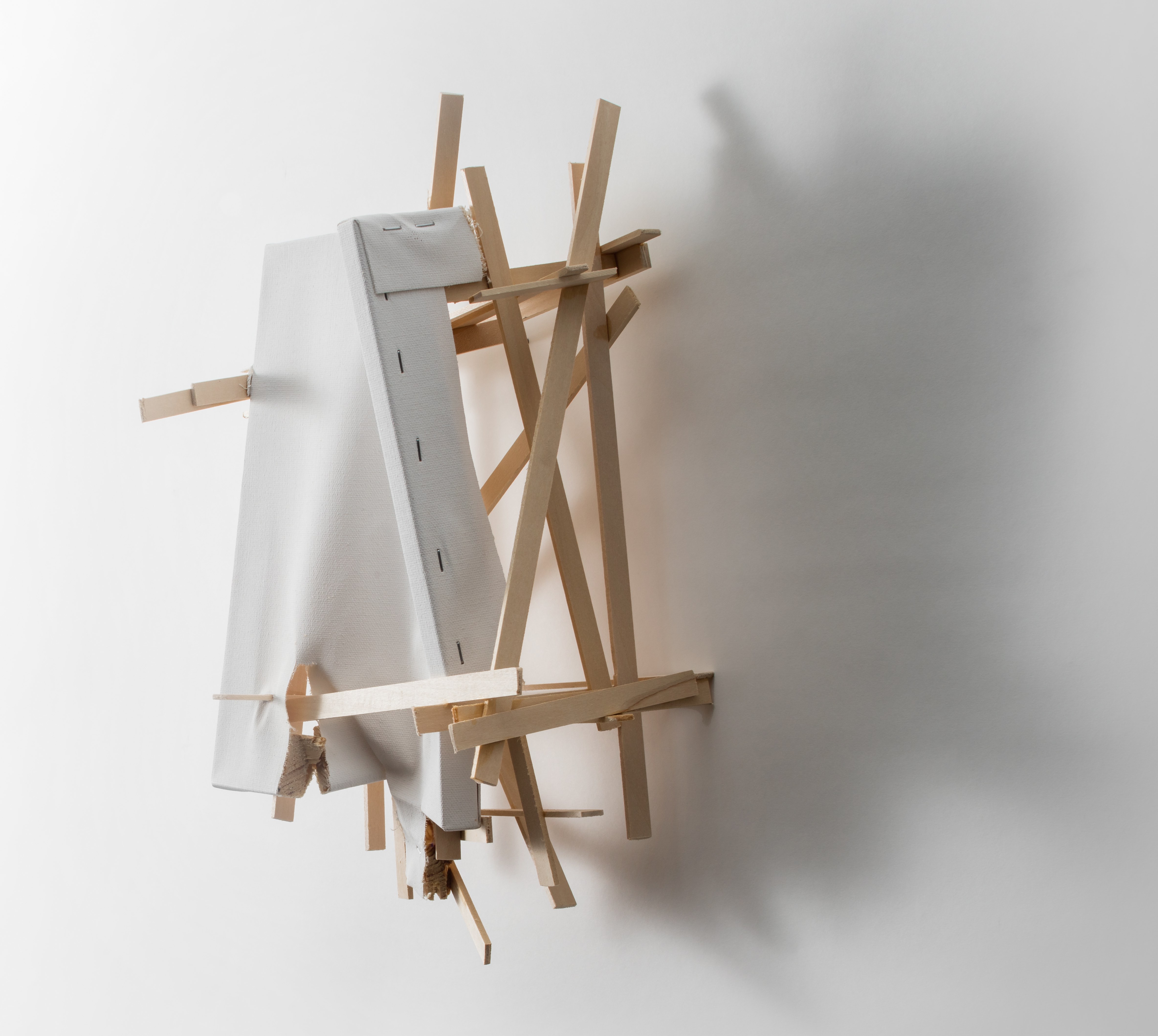
In Japan there are several sophisticated traditions and techniques for repairing ceramics. Perhaps the best known is Kintsugi, or golden joinery, where pieces of a broken vessel are repaired with a lacquer dusted with gold, silver or platinum. The result is a pot, bowl or cup that celebrates the imperfections or damage. In most cases, these repairs make the piece more beautiful and compelling than the original. Some craftspeople have even been accused of breaking pottery on purpose to achieve this impressive effect. Yobitsugi is like Kintsugi but uses different vessels and reassembles them in a patchwork manner. For example, joining pieces of a blue plate and white plate to form a finished piece. Tomotsugi is another technique that combines pieces of matching objects to produce a finished work. Regardless, none of these traditions are simply intriguing visual effects as a result of pragmatic repairs. Embedded in these traditions are deeply held philosophies that lead one to value the visual evidence of an object’s use, as well as the acceptance of change and fate.
These values and the resulting notions of beauty are often incompatible with the traditional Western mindset, which seems obsessed with maintaining objects in a state of formal perfection. The slightest show of wear or damage is a cause to discard the object. The work shown here is one sculptural relief in a series that explores the beauty of brokenness. I have written about this series using different points of view. However, what is most significant from this vantage point is that the blank frames were purposefully damaged and later stabilized or redeemed. The result is an object that is much more interesting, dynamic and dare I say beautiful. It is significant that the canvas is transformed from a smooth, uniform surface intended to display a two-dimensional image into a dynamic three-dimensional sculptural relief. The canvas was left blank or silent to suggest that the brokenness is the essential prerequisite for a redemptive work, and nothing of substance can be added to this fact.
